As a photographer, I found myself very interested in the applications of deep dream. Although I’ve seen various artists use deep dream generators to create ‘trippy’ scenes and illusory patterns, I’ve never actually experimented with it myself. Going off of the steps we performed in class, I continued to play around the parameters, using a portrait shot I found online. Initially, I wanted to use the human face as a template, because I’ve seen images of people being warped before, and I thought the effect was quite unusual. However, the images didn’t turn out the way I expected:
‘mixed2’: 0.2,
‘mixed3’: 0.5,
‘mixed4’: 2,
‘mixed5’: 1.5,
step = 0.01 # Gradient ascent step size
num_octave = 3 # Number of scales at which to run gradient ascent
octave_scale = 1.5 # Size ratio between scales
iterations = 20 # Number of ascent steps per scale
max_loss = 10.

‘mixed2’: 1,
‘mixed3’: 1.5,
‘mixed4’: 2.5,
‘mixed5’: 1.5,
step = 0.09 # Gradient ascent step size
num_octave = 15 # Number of scales at which to run gradient ascent
octave_scale = 10 # Size ratio between scales
iterations = 50 # Number of ascent steps per scale
max_loss = 15.
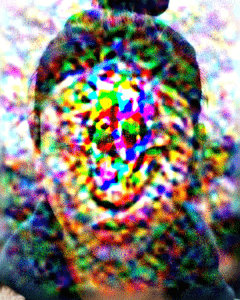
‘mixed2’: 1,
‘mixed3’: 1.5,
‘mixed4’: 2.0,
‘mixed5’: 1.5,
step = 0.05 # Gradient ascent step size
num_octave = 15 # Number of scales at which to run gradient ascent
octave_scale = 6 # Size ratio between scales
iterations = 30 # Number of ascent steps per scale
max_loss = 20.
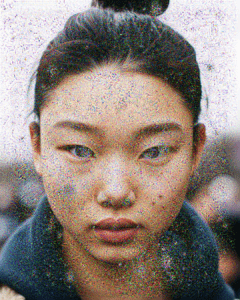
From these test sets, I gained a general idea of how the parameters affect the final image. It seems that increasing octave numbers results in a more warped color field, while increasing step size leads to more fine grained shapes. A greater number of iterations will also lead to more refined structures, but this will take a longer time.
After running these test images, I wanted to find a good balance between rigid structure and color warping, and ended up with these parameters:
‘mixed2’: 1,
‘mixed3’: 1.5,
‘mixed4’: 1,
‘mixed5’: 1.5,
step = 0.01 # Gradient ascent step size
num_octave = 3 # Number of scales at which to run gradient ascent
octave_scale = 3.5 # Size ratio between scales
iterations = 50 # Number of ascent steps per scale
max_loss = 10.
With this setup, I applied it to my own photos:
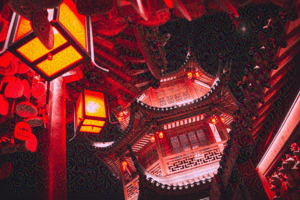
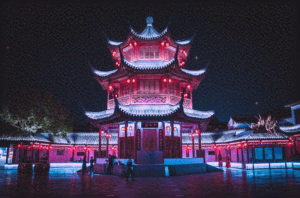
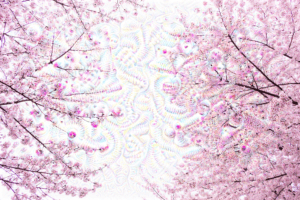
Judging from these results, I feel that my night time shots didn’t mesh too well with deep dream, as the structures and colors didn’t stick out enough. However, if you look very closely, you can still see the intricate patterns. I think my shot of the Sakura trees during the day worked the best, as the colors are extremely noticeable, and the patterns complement the flowers very well. Even the color scheme turned out quite well, and I hope to apply this deep dream pattern to my other daytime photos as well, since I think those types of photos work best with this.